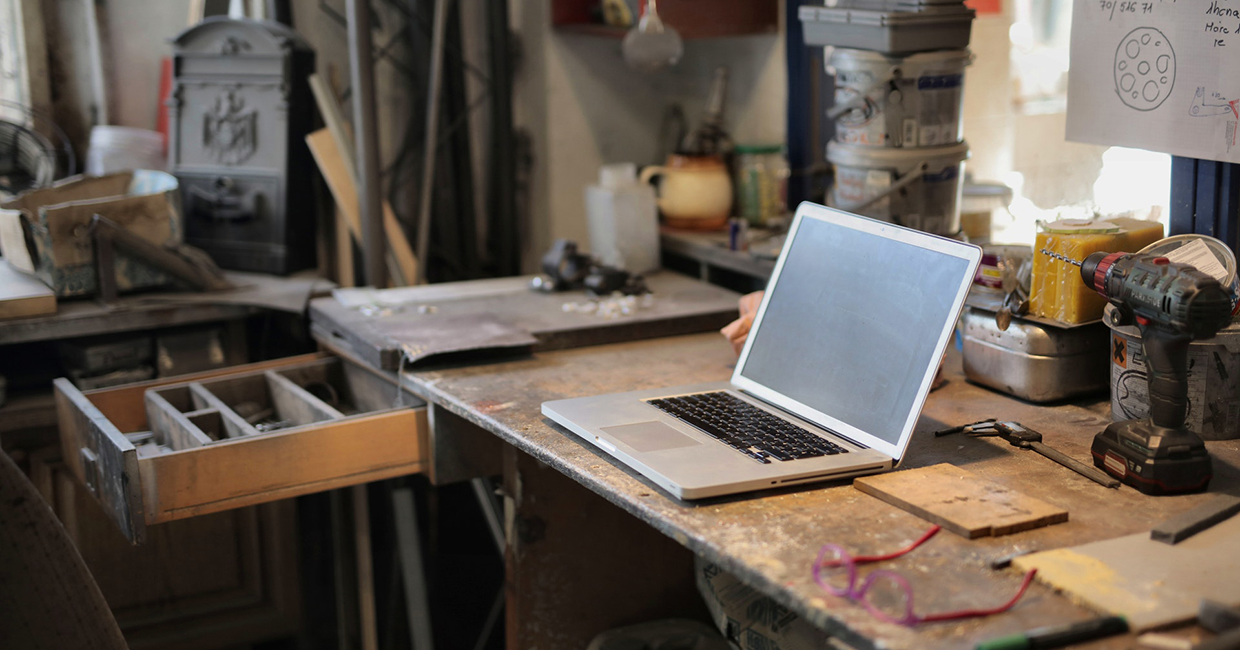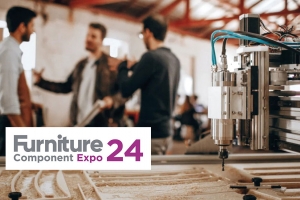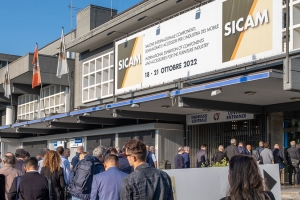As the UK recovers from the Covid-19 pandemic and the huge associated economic repercussions, efficiency within manufacturing industries will be key to keeping costs low and productivity levels high. The demand for efficiency is even more pressing within the furniture and joinery industry, where a no-deal Brexit is threatening trade routes between British furniture manufacturers and their key importers and exporters in Western Europe.

Colin Crow, MD of digital transformation specialist, Sigma Dynamics
With demand for furniture increasing year on year due to more home developments in the country, a key way to improve productivity within manufacturing is turning to digital solutions to optimize operations. As we move towards a complete digital revolution in manufacturing, it is crucial that machinery maintenance function is revitalised to minimise unnecessary equipment maintenance.
To prevent major system failures and the inevitable resulting disruption, many manufacturers deem preventative plant maintenance to be vital. Many senior engineers will know all too well that machine failures and related down-time costs money can have a knock-on effect throughout the business – hampering productivity, blighting customer satisfaction, damaging reputation and, ultimately, harming profits. While preventative maintenance may seem necessary to mitigate these risks, it can also create a damaging drain on resources.
Often, manufacturers set maintenance schedules at shorter than necessary intervals to ensure failures do not occur, meaning they are spending time and money maintaining equipment which just does not need it. So, what is the alternative? Is there tech that manufacturers can employ to help them achieve just the right amount of maintenance?
The answers lie in utilising a combination of self-diagnosing devices, 4G and 5G technology, big data, machine learning and AI technologies to optimise maintenance, swap-outs and retirements. Using these technologies together will enable maintenance teams to focus on the site visits which are necessary and add value.

Although placing so much emphasis on tech can seem daunting, the new generation of ERP software platforms makes it easier to implement more digital approaches and allows manufacturers to move away from expensive and time-consuming maintenance schedules.
Embracing predictive maintenance
Engineering teams spend as much as 25% of their time maintaining equipment that does not need servicing, and therefore wasting company resources. Considering this, the benefits of moving towards predictive, self-diagnosed tech are obvious. Modern devices can tell you their health, alert you when there is a problem and provide important feedback such as cycle time and environmental conditions. They also provide data that will help to determine when a device might fail, if it needs to be serviced and when it should be left to alone.
Enlisting the help of AI, data analysis and machine learning into predictive maintenance will let manufacturers base decisions on the real time data that self-diagnosing devices produce. The advantages here are numerous. Targeting predicted failures before they happen keeps production rolling and avoids unnecessary, costly activity. This achieves positive results for both internal and external customers, whilst saving time and money.
On top of this, today’s self-diagnosing tech also tells you when it is time to swap out and when it is time to retire apparatus with great accuracy.

Maintenance as part of a connected enterprise
Digitally optimised maintenance should not be stand alone. It should exist as part of a connected enterprise, which connects technology, processes, and people across the entirety of the business. This approach helps to reveal a whole new level of insight into the way each element of the business feeds into overall performance.
Connection between functions leads to constantly refreshing intelligence in the form of joined up data, shared processes and understanding which can then be turned into action. Connected enterprise makes results clear to see via shared reporting dashboards.
Simplifying tech integration
Digital transformation should not overthrow a business’ existing operations – it should be an evolution and improvement of current systems and processes.
Rather than being a case of out with the old and in with the new overnight, implementation of technologies should be phased. In the maintenance area, existing equipment can often be upgraded to enable data collection and analysis without breaking the bank. Current data platforms can be migrated across into AI and analytics-friendly systems and new tech can be integrated into existing IT platforms.
As furniture and joinery manufacturers drive efficiency and innovation by switching on to tech solutions, it is important to consider specialist providers who are available to manage every stage of the process based on the best practice solutions for you and your sector. Implementation is simple with the right expert support, so as the sector embarks on its digital transformation journey, it is advisable to pursue investment in technology to reap the benefits of digital transformation ahead of the competition.










